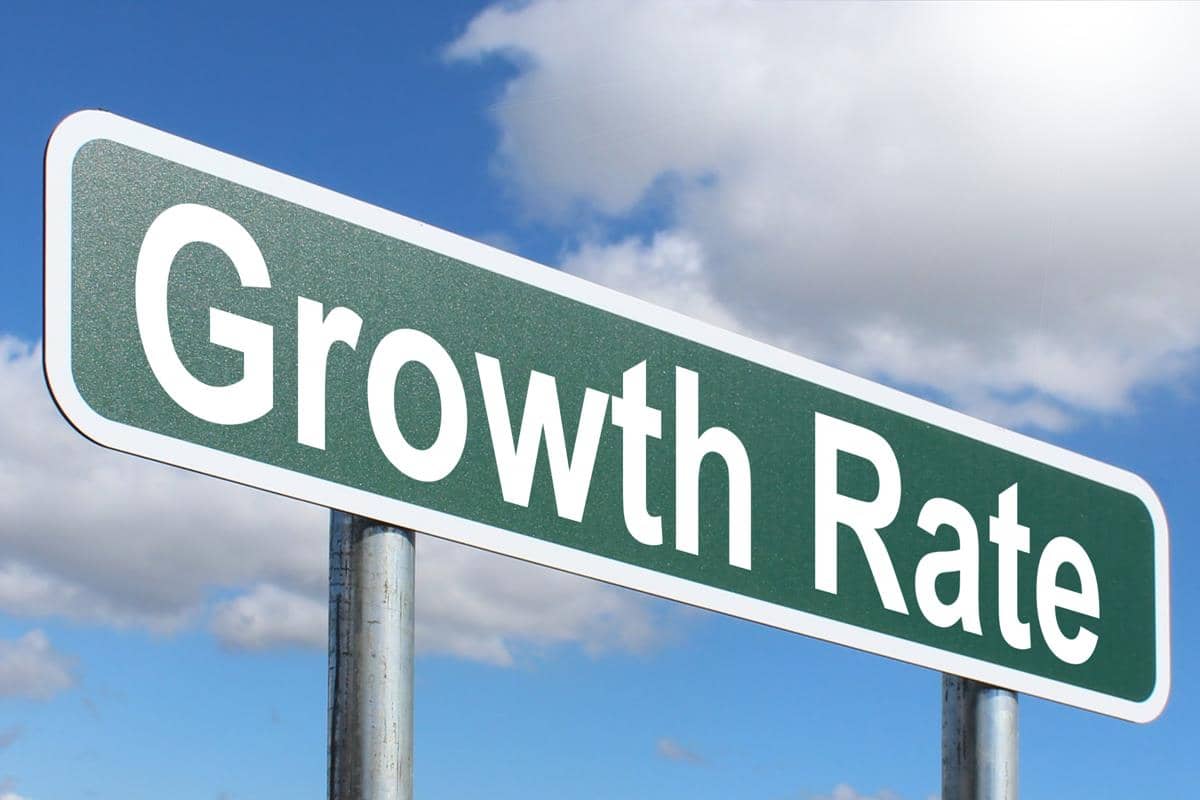
In its annual report, ECLAC said that regional countries will continue to face an economic scenario of low growth.
It is expected that regional Gross Domestic Product (GDP) will grow 1.5 per cent in 2024, slightly below the 1.7 per cent estimated for the current year.
The report titled “Economic Survey of Latin America and the Caribbean 2023: Financing a sustainable transition: Investment for growth and climate change action,” notes that a slight decline is projected in the growth rate for 2024, leading to an increase of 1.5 per cent of the regional GDP growth.
According to the United Nations regional organisation, the global economy’s dynamics remain on a path of low economic and international trade growth.
Despite declines in the inflation rate, developed countries will likely continue with their contractive monetary policies, which means no significant cut to external interest rates is expected this year and financing costs for regional countries will remain high.
Although the public debt of the region’s countries has fallen, it is still elevated as a proportion of GDP, which, coupled with the increase in external and internal interest rates and an expected decline in tax revenue due to lower growth, will result in limited fiscal space for the region as a whole. In addition, less dynamism in job creation is anticipated, along with growing social demands.
“Latin America and the Caribbean’s low growth may be aggravated by the negative effects of an intensification of climate shocks, if the investments that countries need in climate change adaptation and mitigation are not made,” stated ECLAC’s Executive Secretary, José Manuel Salazar-Xirinachs.
In 2023, ECLAC forecasts that all the subregions will have lower growth than in 2022: South America is seen growing by 1.2 per cent as against 3.7 per cent last year, the group made up of Central America and Mexico by 3.0 per cent as compared with 3.4 per cent in 2022), and the Caribbean, excluding Guyana, by 4.2 per cent as compared with 6.3 per cent last year.
The projections for 2024 indicate that low economic dynamism will persist in the region. It is forecast that the international context will continue to be unfavourable, with growth in global GDP and trade far below the historical averages.
ECLAC forecasts that at the same time, in the domestic arena, fiscal policy space will continue to be limited, although reduced inflation in the region creates more room for countries’ monetary policies.
In these circumstances, ECLAC predicts average growth in 2024 of 1.2 per cent for South America, 2.1 per cent for Central America and Mexico, and 2.8 per cent for the Caribbean excluding Guyana.
The Economic Survey 2023 indicates that the low growth in economic activity in 2023 and 2024 will result in a deceleration of job growth, which is seen expanding by 1.9 per cent in 2023 and 1.1per cent in 2024.
Furthermore, there are concerns over employment quality in this context of low growth, since it is very likely that workers will become more vulnerable, have lower levels of social protection and be employed in less productive sectors.
“Given the challenges of boosting growth and tackling climate change, it is essential to enhance public and private investment.
Public investment in the region is low in comparison with advanced economies, and even other developing regions.
The report also warns that in order to confront the macroeconomic effects of climate change, national, regional and global efforts will be needed in four main areas.
These include fiscal space, through an increase in revenue and in the progressivity of the tax structure, green public spending and access to new financing mechanisms, such as thematic bonds; and management of financial and foreign-exchange risks through macroprudential policy.
They also include mobilisation of concessional financing and development banking; and debt relief mechanisms, such as the establishment of institutional mechanisms for restructuring, and the inclusion of clauses linked to disasters and hurricanes, and achievement of climate targets.
CLICK HERE TO JOIN OUR WHATSAPP GROUP
CLICK HERE TO JOIN OUR WHATSAPP GROUP
CLICK HERE TO JOIN OUR WHATSAPP GROUP
Advertise with the mоѕt vіѕіtеd nеwѕ ѕіtе іn Antigua!
We offer fully customizable and flexible digital marketing packages.
Contact us at [email protected]


















How come ABS was able to report on Antigua and Barbuda as well. ECLAC predicts a growth rate of 9.5% for 2023 and 8.5% for 2024.
Brix the country is going to the dogs. Things are bad bad bad. They can’t get worst.
Comments are closed.